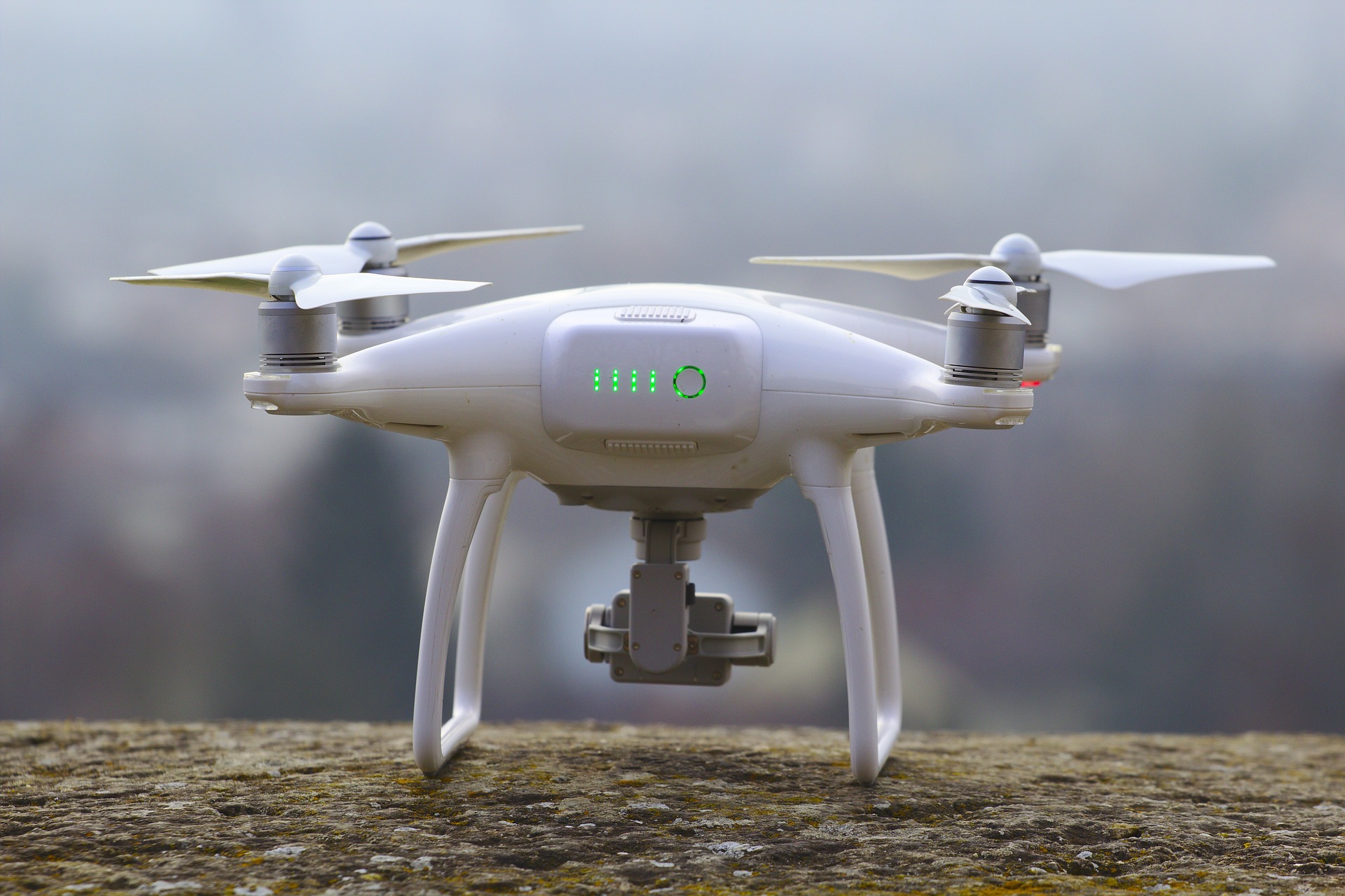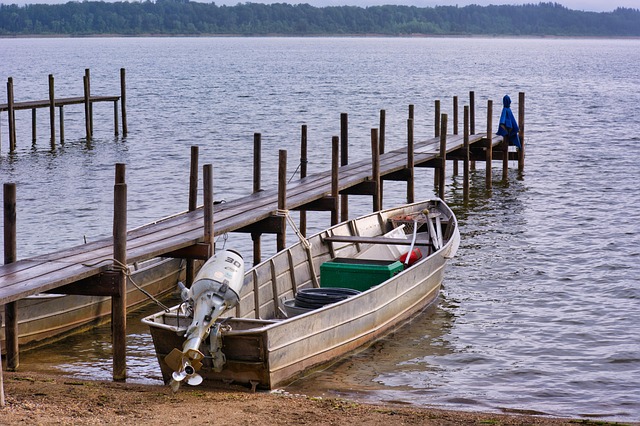Exploring the World of Drone Cameras: Features, Uses, and Care
Drone cameras have revolutionized aerial photography and videography, offering unique perspectives and creative possibilities for both professionals and enthusiasts. These compact, remote-controlled devices equipped with high-quality cameras have become increasingly popular for capturing breathtaking images and videos from above. As technology advances, drone cameras continue to evolve, providing improved image quality, longer flight times, and enhanced features for various applications.

What key features should you look for in a drone camera?
When selecting a drone camera, several essential features can significantly impact your aerial photography and videography experience. Image quality is paramount, with many modern drone cameras offering 4K or even 8K video resolution and high-megapixel still photography capabilities. Gimbal stabilization is crucial for smooth, shake-free footage, compensating for the drone’s movements during flight. Flight time is another critical factor, with longer battery life allowing for extended shooting sessions without interruption.
Advanced drones often include intelligent flight modes, such as follow-me, orbit, and waypoint navigation, which can automate complex camera movements. Obstacle avoidance systems help prevent collisions and protect your investment. Additionally, consider the drone’s transmission range, which determines how far you can fly while maintaining a stable video feed and control over the aircraft.
How are drone cameras used for travel and adventure?
Drone cameras have become indispensable tools for travel enthusiasts and adventure seekers, offering unique perspectives of landscapes, landmarks, and outdoor activities. Travelers use drones to capture sweeping vistas of natural wonders, from cascading waterfalls to expansive beaches, providing a bird’s-eye view that was once only accessible to professional cinematographers. These aerial shots can add a dramatic element to travel vlogs and social media content, helping to showcase destinations in new and exciting ways.
Adventure sports enthusiasts utilize drone cameras to document their experiences from angles previously impossible to achieve. Surfers can now capture their rides from above, while mountain bikers can showcase the scale and difficulty of their trails through aerial footage. Drones are also valuable for scouting locations, whether it’s finding the perfect campsite or assessing hiking routes in unfamiliar terrain.
What are some tips for flying drone cameras responsibly?
Responsible drone operation is essential to ensure safety, protect privacy, and comply with regulations. Always familiarize yourself with local drone laws and regulations before flying, as rules can vary significantly between countries and even within different regions of the same country. In many areas, you may need to register your drone and obtain proper certifications or licenses, especially for commercial use.
Respect privacy by avoiding flying over private property without permission and refraining from capturing images or videos of individuals without their consent. Be mindful of wildlife and avoid disturbing animals, particularly in sensitive habitats or protected areas. Always maintain visual line of sight with your drone and avoid flying in restricted airspaces, such as near airports or government facilities.
Weather conditions play a crucial role in safe drone operation. Avoid flying in strong winds, rain, or low visibility situations. Before each flight, conduct a pre-flight check to ensure your drone is in good working condition and all systems are functioning correctly. Lastly, always prioritize the safety of people and property on the ground over capturing that perfect shot.
How can you maintain and care for your drone camera?
Proper maintenance and care of your drone camera are essential for ensuring its longevity and optimal performance. Regular cleaning is crucial, especially after flying in dusty or sandy environments. Use a soft, lint-free cloth to gently wipe down the body of the drone and the camera lens. For more stubborn dirt, a slightly damp cloth can be used, but avoid getting water into any openings or electronic components.
Inspect your drone’s propellers regularly for any signs of damage or wear, and replace them if necessary. Keep your batteries in good condition by storing them at around 50% charge if not used for extended periods and avoid exposing them to extreme temperatures. Update your drone’s firmware regularly to ensure you have the latest features and security patches.
Proper storage is also vital. When not in use, store your drone in a cool, dry place away from direct sunlight. Consider investing in a quality carrying case to protect your drone during transport. If you’re traveling with your drone, be aware of airline restrictions and always carry batteries in your carry-on luggage.
What are some advanced techniques for drone camera photography?
As you become more comfortable with your drone camera, you can explore advanced techniques to elevate your aerial photography and videography. Mastering manual camera settings allows for greater control over exposure, especially in challenging lighting conditions. Experiment with different shutter speeds to capture motion blur or freeze action in your shots.
Composition techniques such as the rule of thirds, leading lines, and symmetry can be particularly effective in aerial photography. Practice creating reveal shots by starting close to an object and slowly ascending or moving backward to unveil a larger scene. Time-lapse and hyperlapse techniques can add a dynamic element to your footage, showcasing changes in landscapes or cityscapes over time.
Post-processing is an essential skill for drone photographers. Learn to use editing software to enhance your images and videos, adjusting color, contrast, and sharpness to achieve your desired look. However, strive for a natural appearance and avoid over-editing, which can detract from the authenticity of your aerial captures.
In conclusion, drone cameras offer exciting possibilities for photography and videography, allowing for unique perspectives and creative expression. By understanding the key features, responsible flying practices, proper maintenance, and advanced techniques, you can make the most of your drone camera and capture stunning aerial imagery. As technology continues to advance, we can expect even more innovative features and capabilities in future drone camera models, further expanding the horizons of aerial imagery.




